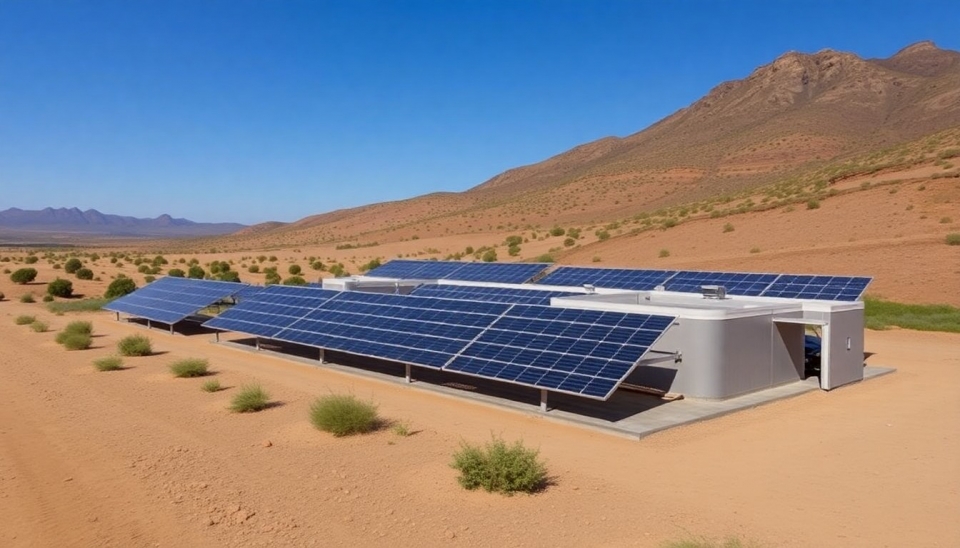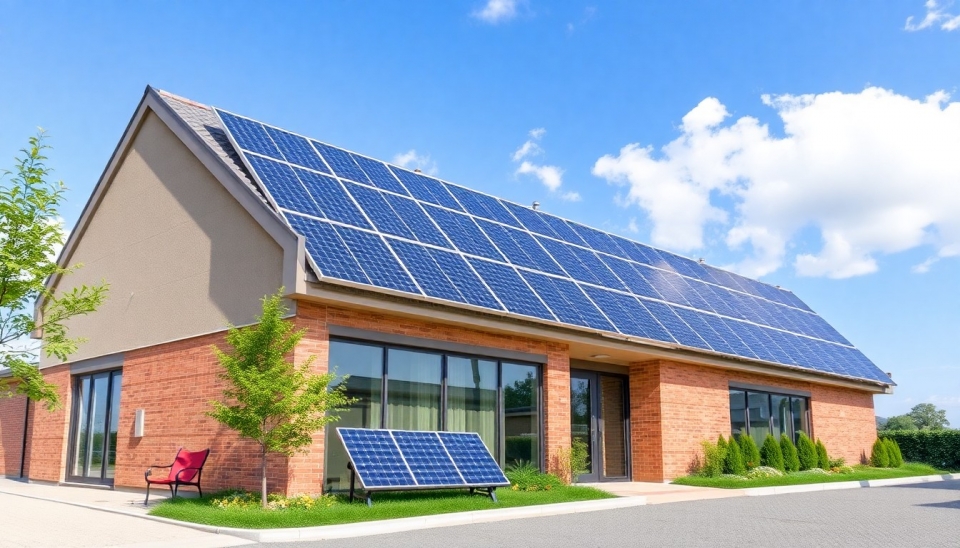
India's aspirations for a robust green energy future face significant challenges, largely due to a surplus of unsold renewable energy projects. Despite a strong push for investments in sustainable energy, developers are grappling with an excess of capacity that remains unutilized. This dilemma raises concerns about the country's ability to reach its ambitious green energy targets.
The Indian government has positioned itself as a leader in the global transition to green energy, aiming to achieve 500 gigawatts of non-fossil fuel energy capacity by 2030. This commitment is part of a broader strategy to combat climate change and reduce dependence on coal, the dominant source of energy in India. However, as developers ramp up solar and wind project constructions, they are faced with mounting projects that remain unsold.
Current estimates suggest that there are upwards of 43 gigawatts of renewable energy capacity under construction but without any signed power purchase agreements. This situation raises alarm bells among investors, as the lack of guaranteed sales undermines the viability and attractiveness of future investments in the sector.
Experts attribute this oversaturation to a combination of factors. Notably, the rapid pace of project approvals has outstripped the demand for electricity in many regions. Furthermore, issues such as regulatory hurdles, fluctuating tariffs, and imminent subsidies have created uncertainty among potential buyers, dissuading them from engaging with new projects.
Additionally, many states have been facing financial strains, limiting their capability to enter into power purchase agreements. As a result, utilities and energy distributors are becoming increasingly cautious, choosing to scale back on potential new renewable energy procurements. This caution could stall India's green ambitions if not addressed promptly.
The Indian government is aware of these potential pitfalls and is reportedly taking steps to streamline procurement processes and bolster market demands. Efforts include revisiting tariff structures and encouraging state governments to reaffirm their commitments to renewable energy goals.
The barriers to green investment pose a critical risk to the larger vision of a sustainable economic future. As India aims to play a vital role in international climate forums, navigating these challenges effectively will be essential for fostering a robust investment landscape in the renewable sector.
In conclusion, while India’s commitment to green investments remains strong, the unsold projects present a cog in the wheel, highlighting the need for strategic reforms and timely actions to assure stakeholders of a viable market. If these hurdles can be overcome, India might still position itself at the forefront of the global shift towards sustainable energy. The coming months will be crucial for determining the trajectory of India's renewable energy landscape.
#GreenInvestment #RenewableEnergy #India #SustainableFuture #ClimateChange #EnergyCapacity #SolarPower #WindEnergy #InvestmentChallenges #CleanEnergy
Author: Emily Collins

